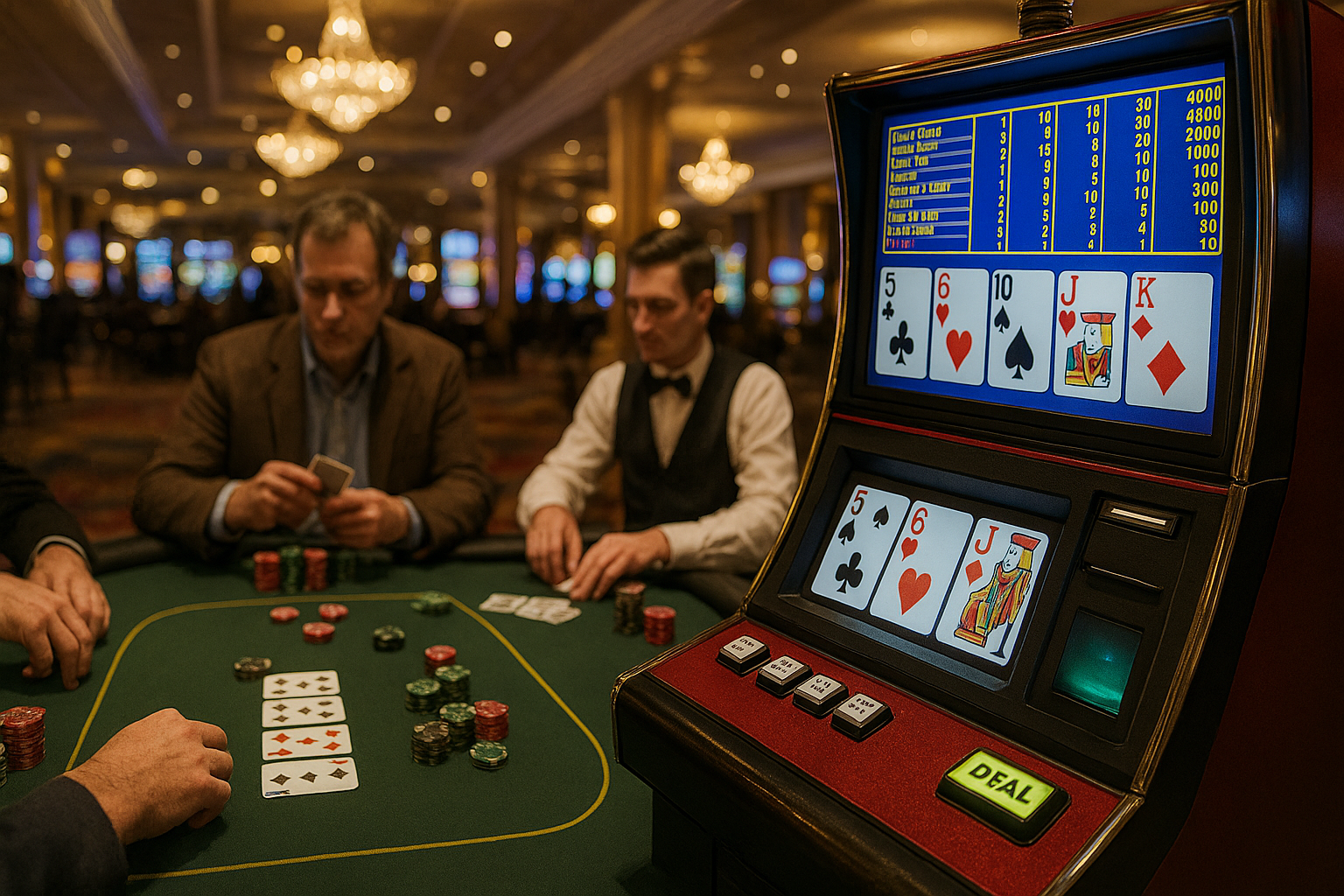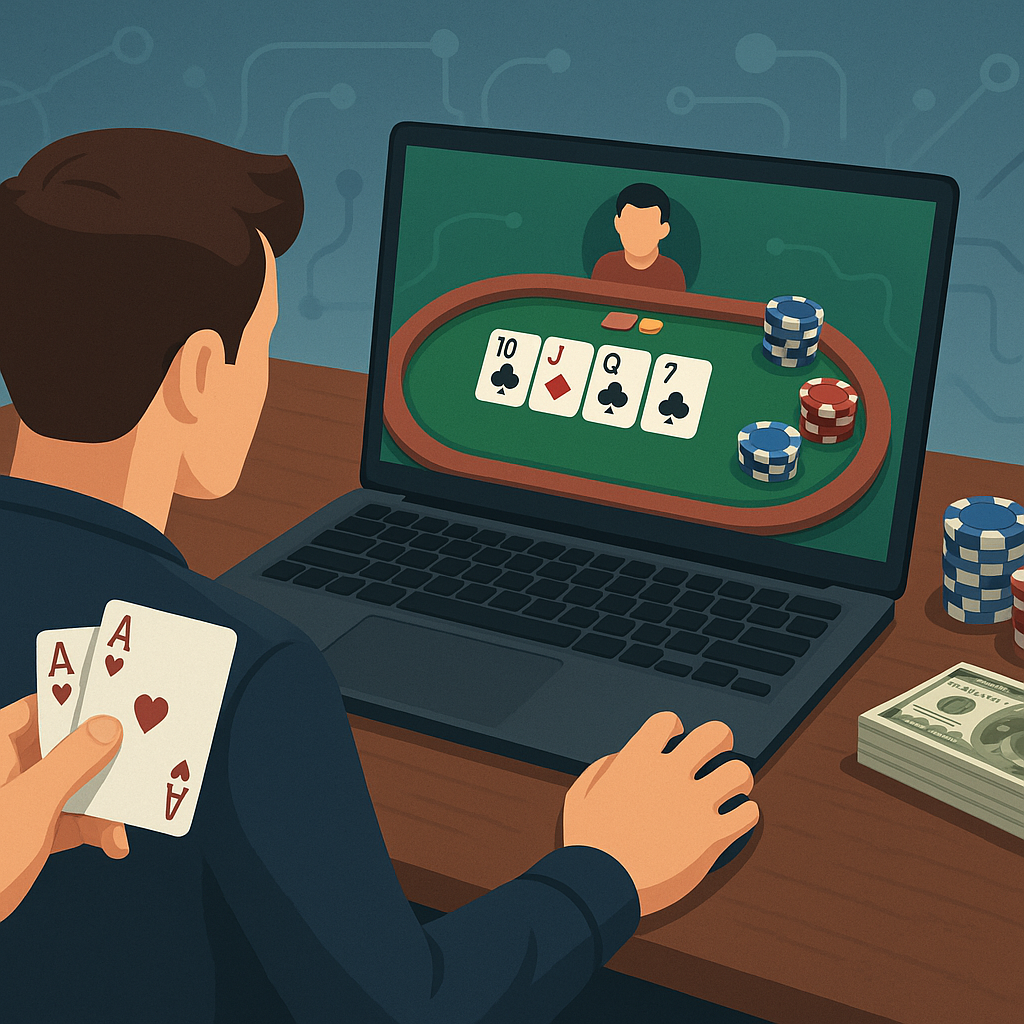Credit - https://pixabay.com/illustrations/ai-generated-cats-playing-poker-8374812/
In the modern market, we’re looking at a completely different landscape. There are dozens of variants of poker, and while Hold’Em might be the spearhead of the poker industry, 3-card poker is just one of many types that have been able to create a space for themselves in the global market.
Despite technology becoming so prevalent and ubiquitous that there’s almost no way to avoid it in the modern gambling world, poker innovators have continued to leverage it to their advantage and create fresh ideas for players worldwide. As cutting-edge technology continues to amaze gamblers, with innovations reshaping the industry as we know it, we will examine how poker is adapting and how it may evolve over the next decade or two.
Dealing With Increasingly Quick Changes
By the mid-20th century, poker was a staple of conventional casinos. Granted, the landscape was a different league from what it is today, with the proliferation of online games, but the framework that allowed the rise of regulated and monitored games meant that the card game quickly transitioned from the shadowy corners of taverns to the glittering floors of licensed, legal casinos.
If we focus on the timeline from the last half-century, we gain a real glimpse into just how much cutting-edge technology has reshaped the game's fabric. Video poker machines were the first real innovation in this field.
At the time, there were plenty of skeptical people who felt that real money poker against other players was something that machines couldn’t replicate. Technology was an entirely new field at the time, with very few computer experts, and only a small number of people who understood the RNG and algorithmic design of video poker, which ensured it was valid, random, and had the potential to capture an audience.
When people think of cutting-edge technology, many minds immediately think of the rise of online poker, smartphones, VR, and other innovations in the modern market. However, the original foundation was laid in the 1970s, long before the internet had any significant impact on our society.

Adapting To The Online Market
The same people who spoke out about the negatives of video poker adopted a similar mentality towards the rise of online poker in the early part of the 21st century. It’s fascinating that so many people were disparaging of the rise of online casinos in the 1990s. Still, once these walls started to come down, more people educated themselves on the internet. The security and speed of it increased tenfold - millions of poker players soon started to seek out online brands to see what they had to offer.
While this form of poker kept a social element, it removed some of the more defining aspects of the physical game, which is why many players were initially cautious about adopting it as their primary form of poker gaming. Once it took hold, however, online poker was able to establish its market, while the conventional tournament format suffered only marginally.
The WSOP (World Series of Poker) has generated higher prize pools every year, with the 2024 winner and 2025 winner both winning 8-figure prizes. The size of these prizes reflects both the scale of the audience for conventional gaming and how online audiences have helped to bolster these events, generating higher advertising revenue and ultimately enabling top poker pros to receive more substantial sums in the most prestigious tournaments.

Determining The Future Of Poker
Social media has played a crucial role in attracting Gen Z poker gamers. Poker companies are investing more in social media marketing to appeal to a younger audience, and initial indications suggest that this strategy is paying off.
Ultimately, the strategy, bluffing, social element, and electric atmosphere that poker games can create mean that there’s no real technological development that will override this market demand. If anything, the rise of online communities has helped poker to bridge the gap and create an even bigger market.
There is a danger that hyper-convenience strips away much of the connection and entertainment we find in conventional poker, as well as in online tables that feature live streams and in-game chats.
Yes, there will be an integration we will see; the growth of VR gaming could be one of the main catalysts that fuel future changes in the world of poker. Ultimately, as it is the only casino game where strategy, skill, and psychological elements all play a crucial role, there is a ceiling that will be reached.
There will always be a poker market; some elements of it might change, but the fact that it has been able to adapt to the changes brought by video poker, online poker, and mobile poker suggests that any future innovations won’t be as problematic as some naysayers believe.




